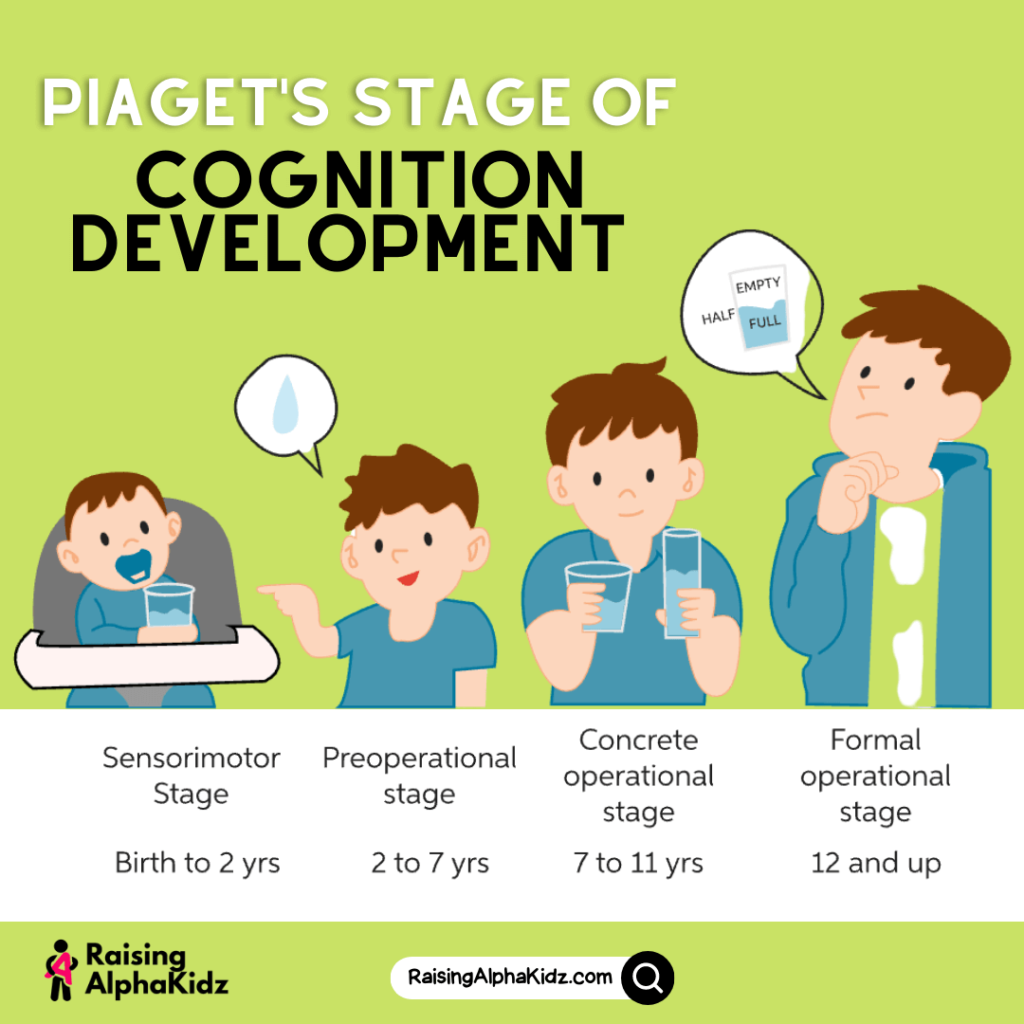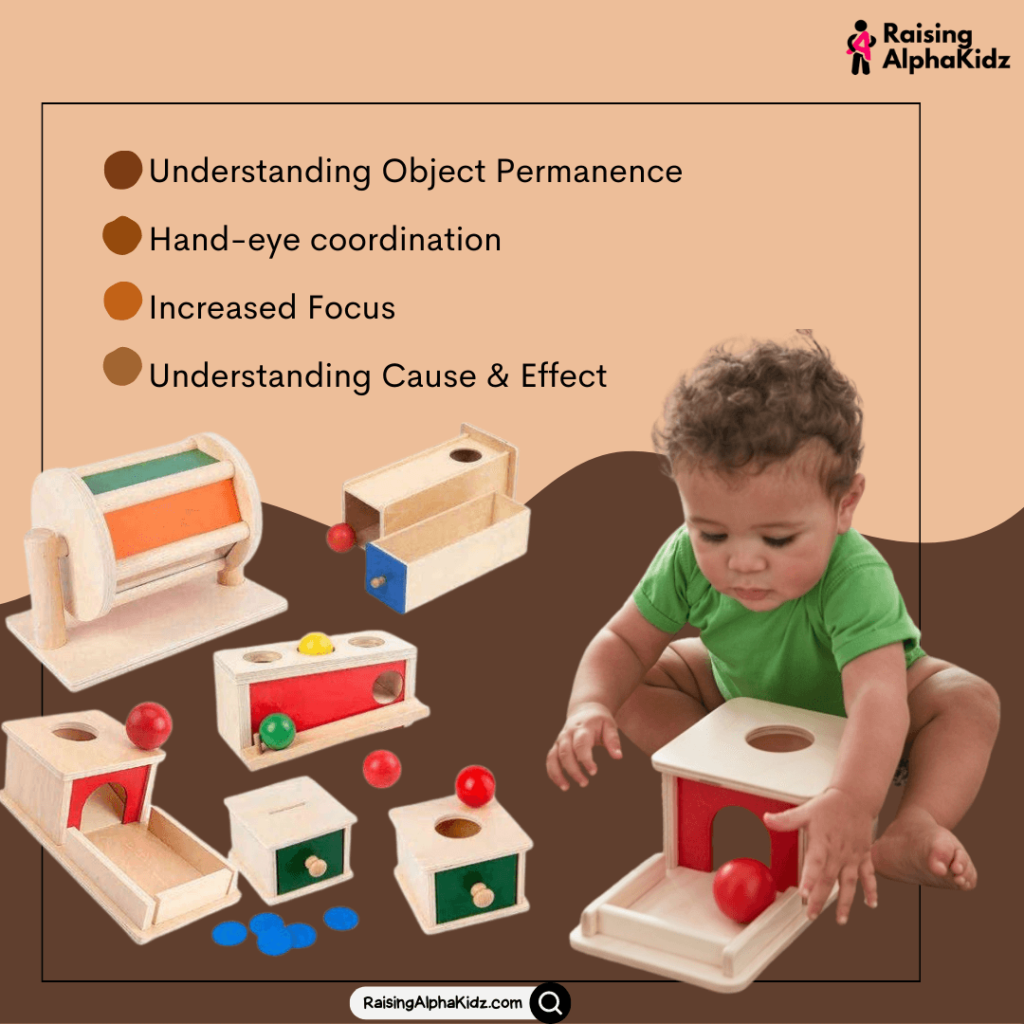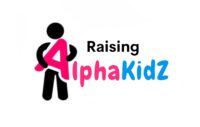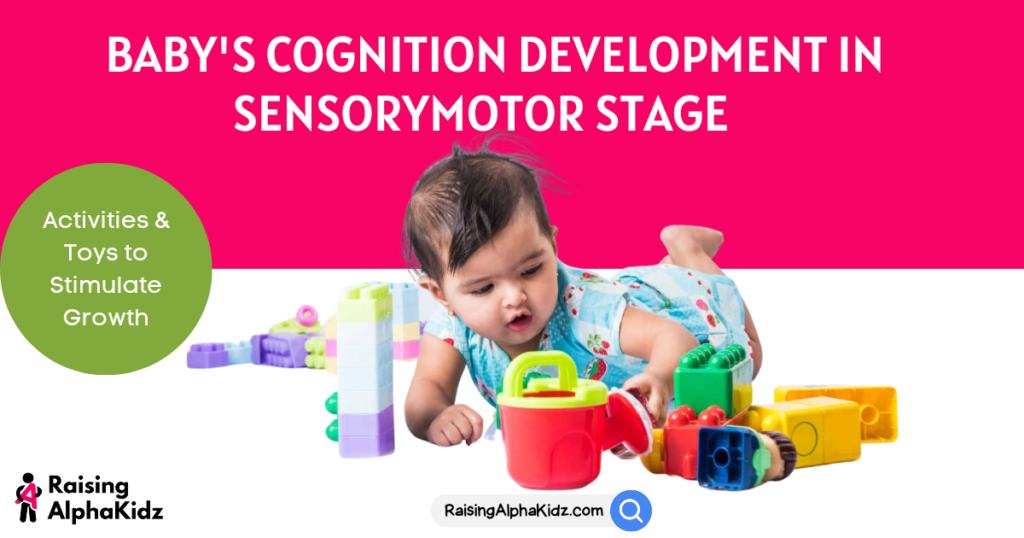As new parents, it’s natural to focus on the physical development of our little ones – watching with wonder as they roll over, sit up, and take their first steps. But while physical milestones are certainly exciting, it’s equally important to pay attention to our baby’s cognitive development. After all, the way they think, learn, and understand the world around them will shape who they become in the future. So, how can we give our babies the best possible start when it comes to cognitive development? Even a well educated and caring mom lacks the knowledge about the baby’s brain and importance of Cognition development. In actuality, the brain mostly dictates who we are and what we do. In such cases, raising a stronger, resilient alpha kids are solely depend on the parenting style that focus equally on activities and offering toys that promote Cognition development especially in Sensorymotor stage. In this post, we’ll explore the key factors to consider and provide practical tips to help you give your baby a strong foundation for a lifetime of learning.
Stages of Childhood
To know more about the cognition development in babies, we should know the basic developmental milestones and theories. Children used to develop through four phases, namely
- Sensorymotor stage
- Pre-operational stage
- Concrete operational stage
- Formal operational stage
Baby’s Cognition Development occurs during the above-mentioned 4 stages and this stage is popularly known as Piaget’s Theory. This theory was put forth by Swiss psychologist named Jean Piaget.

Let’s break down the theory into pieces that makes it more consumable. Here, I going to make you clear about the first stage, Sensorymotor stage and at the end of reading this article, you will known what you should do to bring best out of your baby in each stage.
What is Sensorymotor Stage in Babies
If you are a parent of a child younger than two years, then your baby is going through Sensorymotor stage. As the name implies, babies engage in activities that stimulates their senses in Sensorymotor stage. They use their still developing senses to interact with their environment to explore and learn about the world in their own strange ways.
Baby’s Cognition Development in Sensorymotor Stage
Our five main senses—sight, hearing, touch, and smell—are imparted to us at birth. During the sensorymonitor stage, infants will start to use their senses to learn more about their surroundings. The fragrance, sounds, and colours are the first things we take notice of when anything is just getting started. Children will gradually be able to understand and differentiate between items and feelings as they move through this period. By the time they reach the end of the sensory monitor period, their brain has developed a system of libraries akin to the actual libraries we use in book libraries. Their brains start sorting through the sensory learnings and reports from the library every time they come across a new circumstance, and they start learning how to respond to varied situations depending on the interpretations they have already gained.
Activities & Toys Stimulate Cognition Development in Sensorymonitor Stage
Sucking, gripping, seeing, and hearing are just a few of the simple yet efficient activities that babies do to stimulate their cognitive function. They will find their own way to investigate and discover the things that catch their attention. Our responsibility is to encourage them to learn about a variety of other topics. Let’s look at the activities and learning toys that helps to reach the cognition development milestones in Sensorymotor stage.
Milestone 1: Visual Stimulation (0-3 months)
As a baby grows through the early stages, their visual abilities gradually begin to develop. Babies begin to focus on things that are 8 to 10 inches away. Since infants have a limited attention span, we must encourage their visual development by giving visual stimulation. They try to recognise human faces, simple shapes, patterns, and colours, as well as track moving things with their eyes.
Natural Light
Holding the infant and directing them towards a window or other natural light source can help to stimulate their visual abilities.
High Contrast Flash Cards
Visual stimulation can be attained by putting bright colours or high contrast patterns in their line of sight. Show high contrast toys like flash cards in front of them to encourage visual Stimulation.
Face to Face Interaction
Stay close to your baby and attempt making eye contact when you chat, sing, or make faces. The baby’s visual skills will improve, and it also fosters emotional relationships
Milestone 2: Visual Tracking Stimulation (3-6 months)
Visual Tracking is one of the essential developmental milestone for baby, as it describes a baby’s capacity to fix their gaze on moving targets. At this stage, Babies can follow moving objects more effectively, track them as they cross in front of their faces, and improve their hand-eye coordination. They are able to hold and reach for objects while keeping their eyes on them.
Tummy Time
The Tummy Time phase starts once your baby rolls over and starts laying on its belly. Since it helps the newborns’ upper torso, neck, and arms to grow, it is one of the most important developmental milestones for infants. Encourage your baby to follow objects with their eyes and strengthen their neck by keeping toys just out of reach.
Moving toys
Baby eye tracking and auditory stimulation can be encouraged by displaying toys like rattles or wind-up toys that move and create sounds. Place a toy over their cot to capture their attention and promote visual focus.
Shadow Play
Shine a light on an object and move it around to create shadows on a wall. Babies are naturally drawn to movement and get fascinated by the movement and the changing shapes.
Ball Play
With your infant, roll a ball back and forth while encouraging them to follow the ball’s motion with their eyes. You can also play catch with a soft ball to help your infant to follow the path of the ball.
Mirrors
On your baby’s play area, hang a baby-safe mirror so they can see themselves and their surroundings. Babies like to gaze in the mirror; it helps them develop self-awareness and recognition abilities.
Milestone 3: Object Premanence (6-9 months)
When you help your baby understand the existence of items that are hidden from their eyes, you can state that they have attained the milestone of object permanence. The term “Object Premanence” refers to the ability of the child to understand that there are things that exist even that goes out of their sight. Playing Peek- a Boo is one of the activity that helps babies to understand about Object Premanence. If you hide behind the wall, your baby may not understand that you exist behind the wall. They might start out crying when you go missing behind the wall.

Peek-a-boo
Play peek-a-boo with your baby, where you cover your face with a cloth and then reveal it. This simple game helps your baby develop object permanence, where they understand that objects still exist even when they are not visible.
Nesting toys
Stacking cups and other nesting toys can help infants grasp that objects still exist even when they are hidden from view. The cups will still be present when they are stacked and unstacked, even when they are concealed inside one another.
Soft blocks
Babies will learn to separate and reassemble soft blocks, particularly ones with contrasting patterns or images. This can help to make to reach the object permanence milestone.
Shape sorters
Shape sorters are excellent toys for teaching infants about the permanence of objects. They will discover that the shapes still exist even though they are no longer visible as they insert shapes into the sorter and watch them vanish.
Balls
Babies can also be learn about object permanence by playing with simple balls. Your infant will attempt to collect the ball when you roll it under a blanket or piece of fabric, realising that it is still there even though they are unable to see.
Milestone 4: Fine Motor Skills (9-12 months)
Most babies start crawling at this point (7-10 months). Around 9 to 12 months, some infants may begin to pull themselves to a standing posture and perhaps take their first steps. By holding and adjusting little objects like toys, snacks, and utensils, toddlers also hone their fine motor abilities.
Language Development
Babies continue to develop their language skills by babbling, making vowel sounds, and imitating words and sounds they hear.
Sensory Play
Offer your baby sensory experiences such as playing with sand, water, or different textures. You can also offer toys with different textures and shapes for them to explore touch, taste, and smell. Time spent taking a bath stimulates the senses through various sensations like warm water, a variety of toys, and splashing.
Art Activities
Play-doh and finger painting are fantastic activities for babies at this age since they want to get messy and explore different materials.
Music and Dance
Play some tunes and encourage your infant to move to the beat. You might also play musical instruments and sing songs for them to listen to.
Building and Stacking Toys
Offer your baby building and stacking toys, such as blocks or nesting cups. This will help develop their fine motor skills and hand-eye coordination.
Book Reading
Encourage your baby to touch and explore the book’s pages by reading to them. Reading helps babies in learning language and fostering a love for books.
Imitation Play
As you go about your daily routine, such as brushing your teeth or washing your hands, encourage your infant to mimic you. This fosters the growth of their cognitive abilities and environmental awareness.
Milestone 4: Analytical, verbal & Social-Emotional Development (1-2 years)
Babies will learn about causes and effects at this period. They also learn a few phrases and form a close emotional connection with their caretakers.
Cause and effect
By around 1 year old, children start to understand that their actions have consequences.
Ball rolling: Roll a ball to your child and encourage them to roll it back to you. This simple activity helps them understand that their actions (rolling the ball) cause an effect (the ball moving).
Squeezing the Balloon: Allow your toddler to play with a blown-up balloon. The balloon will deflate as they squeeze it. This enables kids to comprehend cause and effect by learning how the balloon losing air is the result of the balloon being squeezed.
Pull Toys: Pull toys like pull-along dogs or ducks, which teach newborns that the toy moves when they pull it and stops when they let go, can also help with cause and effect.
Pour and dump: Fill up a glass with water and let your child pour it back and forth between two glass. This helps them to learn about the actions (pouring the water) cause an effect (the contents moving from one glass to another).
Shape and size sorting
By 18 to 24 months, children can begin to organise objects by shape, colour, and size. Give children activities like easy puzzle games that incorporate matching, sorting, and missing problems to encourage their cognition development in Sensorymotor stage.
Naming objects
At the age of 1.5 to 2 years, children begin to learn the names of items and can interact with others by using simple labels. You can provide kids with colourful flash cards that feature pictures of both living and non-living things. You may play with the flash cards by asking them to choose an Apple from a group of them, show them how to use the items on the cards, and other activities which help to boost baby’s Cognition Development in Sensorymotor stage.
Pretend Play
Children begin pretend play by the age of two, acting out scenes with toys and other props. You can instruct them to mimic the actions and sounds of animals, birds, people, etc.


